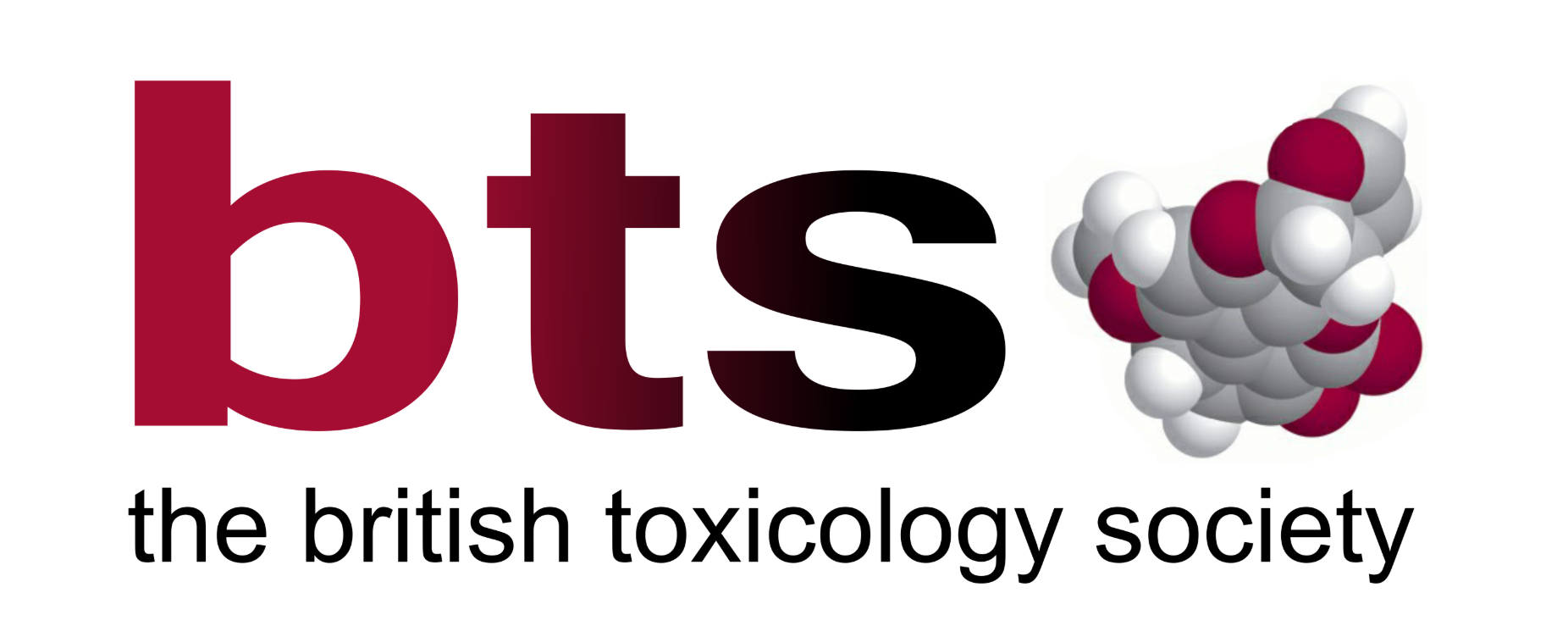The Cosmetic Responsible Person: What You Need to Know as a Small Business Owner
 As a business owner who makes your own cosmetic products, you are also the Responsible Person for your brand – you are legally responsible for ensuring that your products are safe for consumers and comply with all EU Cosmetic Regulation requirements. It can seem like a lot of different tasks are required, and often as a solo business owner it can feel daunting to have to wear so many hats. Here I break down some of the key requirements. Taking one step at a time means there is no reason why you can’t be the business owner you want to be.
As a business owner who makes your own cosmetic products, you are also the Responsible Person for your brand – you are legally responsible for ensuring that your products are safe for consumers and comply with all EU Cosmetic Regulation requirements. It can seem like a lot of different tasks are required, and often as a solo business owner it can feel daunting to have to wear so many hats. Here I break down some of the key requirements. Taking one step at a time means there is no reason why you can’t be the business owner you want to be.
Here are some of the key responsibilities of a Responsible Person:
Product Safety Assessment:
Before placing any cosmetic product on the market, you must arrange for a safety assessment – the CPSR. It is also your responsibility to ensure the assessor is suitably qualified. This includes the qualifications and experience of the assessor. I include my key certificates at the end of each report so that the proof is always available (also see the About page on my website for further details of qualifications and experience).
Compliance:
As part of the CPSR I make sure that your cosmetic ingredients comply with all applicable EU Cosmetic Regulation requirements. In addition to arranging for a CPSR, product labelling, and notification to the Office for Product Safety and Standards (OPSS) is also required for each product. This is something that you can do yourself, or there are companies that will do this for you, for a fee.
Product Information File Management:
You must keep a product information file (PIF) for each cosmetic product that you place on the market. The PIF must contain all relevant information about the product, including its safety assessment report, its composition, and its labelling. This is a living document, that should be updated regularly, as new information related to the product arises. This can include changes in raw materials, additional data from stability and packaging studies and any complaints about the product that are received.
This is something that you can do yourself, or there are companies that will do this for you, for a fee, but note that keeping the PIF updated is an ongoing expectation, and not a one-off task.
A common question that arises is about changes to the supplier of a raw material. Does the CPSR need to be updated with every change to a supplier? The answer to this is not necessarily: if the new raw material is the same as the old one, record the change in the PIF; however if the new raw material is a mixture and the relative amounts have changed, then arrange for the CPSR to be checked. Likewise, if the raw material contains an ingredient that has a purity requirement or an Annex limit, then update the CPSR so that the impurities and annex restrictions can be checked.
Serious Undesirable Effects Notification:
If you receive any information about a serious undesirable effect caused by one of your cosmetic products, you must notify the competent authority immediately.
Cooperation With Competent Authorities:
You must cooperate with competent authorities in any corrective or preventive action taken in relation to your cosmetic products.
It is important to note that the responsibilities of the Responsible Person are quite complex and can be challenging for small business owners to manage on their own. However, there are a number of resources available to help you, such as industry associations, regulatory consultants, and government websites.
Here are some tips for small business owners who are also Responsible Persons:
Get informed: Take the time to learn about the EU Cosmetic Regulation (which is also applicable in the UK) and your responsibilities as a Responsible Person. There are several resources available online and from government agencies.
Seek expert advice: If you have any questions or concerns, don’t hesitate to seek expert advice from a regulatory consultant or other qualified professional.
Use a compliance management system: There are some compliance management systems available to help you manage your responsibilities as a Responsible Person. These systems can help you track your products, generate reports, and ensure that you are meeting all applicable requirements.
By following these tips, you can help to ensure that your cosmetic products are safe for consumers and that you are complying with all EU Cosmetic Regulation requirements.
About the Author

Geraldine Garrs is a member of the Royal Society of Chemistry, CTPA, British Toxicology Society and the Society of Cosmetic Scientists. Geraldine is an independent Cosmetic Safety Assessor and Chartered Chemist with over nine years of experience helping more than 700 brands ensure their cosmetic products are safe and compliant. She specialises in preparing Cosmetic Product Safety Reports (CPSRs) for UK and EU. Geraldine is passionate about supporting small cosmetic businesses and simplifying complex regulations. Learn more at www.generalcosmeticsafety.co.uk
Get in Touch
If you’d like to discuss any of your products or ranges, please use the contact form here.
Qualifications: CChem (Royal Society of Chemistry). MSc (Distinction), University of Strathclyde, BSc (Hons) Chemistry, University of Nottingham and Certificate – Safety Assessment of Cosmetics in the EU, Vrije University Brussels





